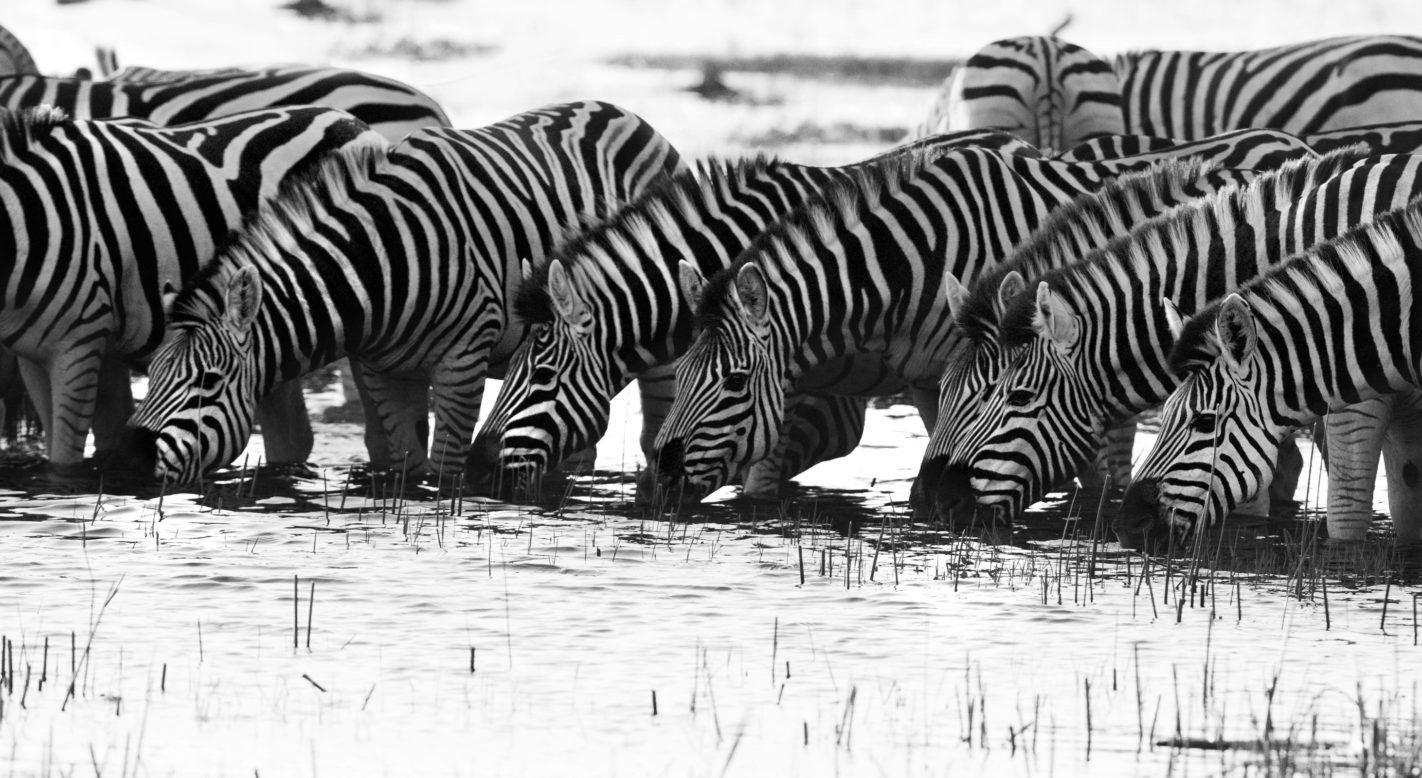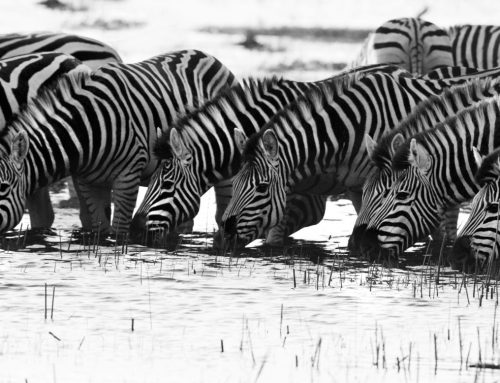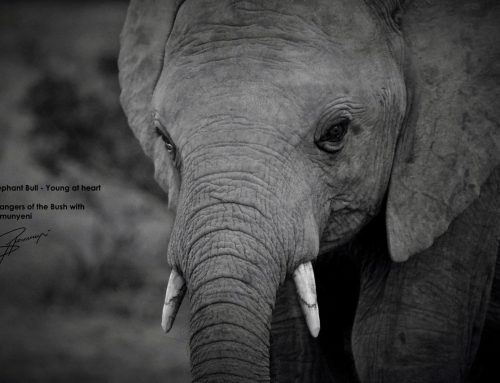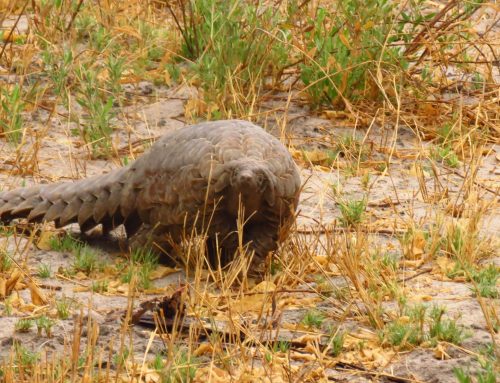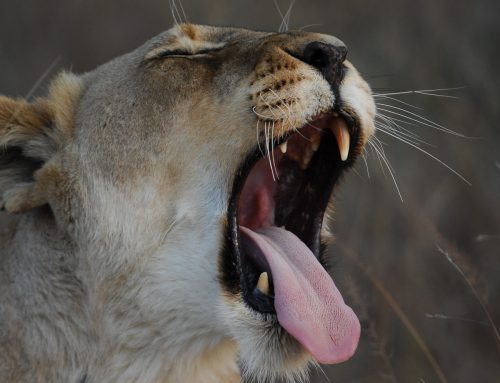Zebra Migration
If you are keen on timing your trip around a migration, Botwana’s little known zebra migration is one of the most spectacular. Botswana’s zebra migration is an almost unknown, wild spectacle that occurs annually in this southern African country. It is the longest single migration of animals that have ever been recorded, and it is an incredible sight to see first hand, as thousands of zebra kick up plumes of dust as they move from one grazing area to another.
Animal movements in Botswana have long been observed: anecdotally much of the wildlife moves seasonally. Large numbers of zebras, wildebeest, buffalo, and elephants seem to spend the driest months beside the river the Chobe, the Kwando-Linyanti, and the Okavango systems and then move south into the vast vegetated sand-sheet of the Kalahari for the wetter months.
Every year, after the first decent rains have fallen in the central areas of the Nxai and Makgadikgadi National Parks, thousands of zebras embark on a trip of about 500km round trip in search of greener pastures and better grazing. This migration of zebras in Botswana is the longest migration in Africa, even surpassing the annual migration of zebra and wildebeest in the Serengeti and Masai Mara Game Reserves in Kenya.
This migration affords you the perfect opportunity to see scattered herds of Botswana’s national animal throughout the Makgadikgadi palm belt and near the salt pans where the mineral content of grasses is highest. This is an important start to their journey.
The nomadic journey made by the Burchells Zebra was largely misunderstood until a conservation team – Elephant without Borders – was able to track the migrational movements from the north of Botswana near Namibia, down to the salt pans of Nxai and Makgadikgadi through Savuti. Scientists speculate that the zebras migrate to Makgadigadi because the grasses grown there have a higher content of protein and minerals when compared tot he grasses of the Delta.
‘Until recently, the exact details of this journey were not well known, but now scientists are starting to see data that quantifies these migrational movements. In 2012, scientists identified a hitherto unknown migration in Botswana (and the very edge of Namibia), to Nxai Pan, which is now recognised as the longest terrestrial wildlife migration in Africa. In 2013, researchers released some detail on another, separate zebra migration, to the Makgadikgadi Pans.
This means that there are currently two separate migrational movements that occur in Botswana: the Makgadikgadi Migration that moves northwest to the floodplains of the delta(as high as Savuti) and The Nxai Pans Migration that moves north to Chobe’ – Expert Africa

